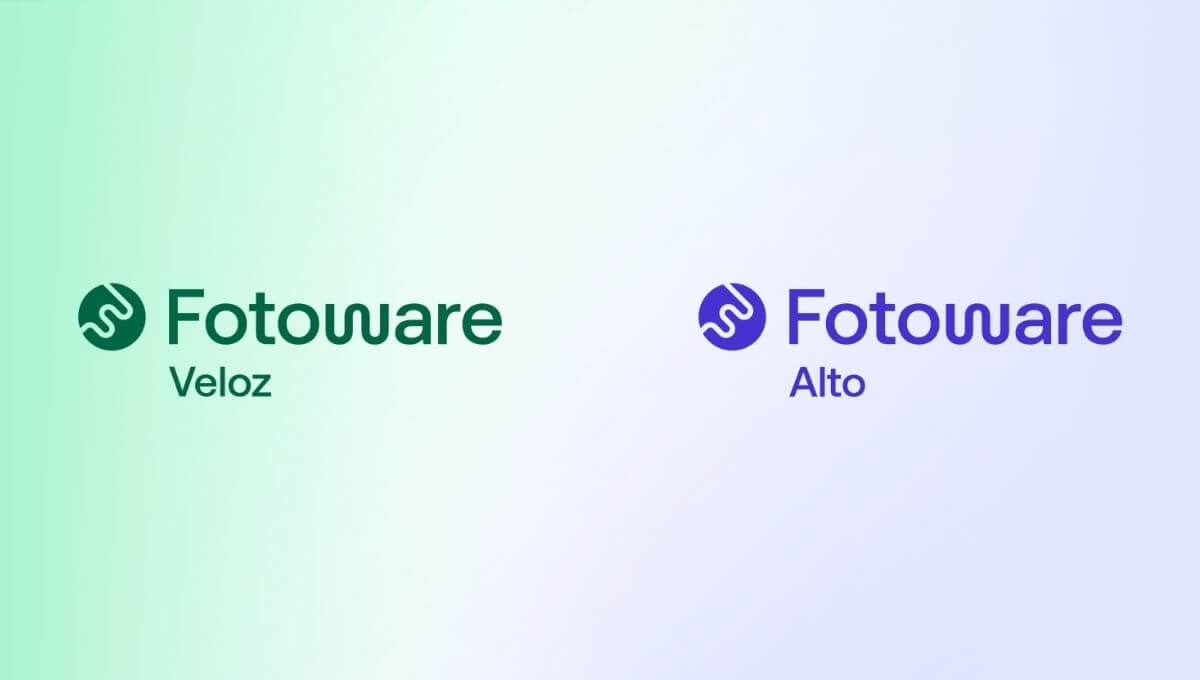
NIDA
How Digital Asset Management made file-searching easier andmore efficient for multiple departments — including staff and students.
— The great attraction for the system we chose was that it was scalable. Obviously, DAM systems are varied in functionality and price, but you have to find one that suits the requirements of your organization.
The National Institute of Dramatic Art is one of the world’s leading performing arts institutes and is the most prestigious drama school in Australia. Photographs are a hugely important and significant historical record for NIDA, with photos of performances and headshots of their all-star list of alumni, including Cate Blanchet, Baz Luhrmann, and Mel Gibson.
-
300
STAFF & STUDENTS
-
350,000
DIGITAL IMAGES
-
10
YEARS WORTH OF ASSETS

Photo: Lisa-Marie Williams © NIDA 2015. Photography courtesy of NIDA
Background
The Archives and Records department at NIDA is responsible for the safe-keeping of the long-term historical record of the organization.
This includes looking after the digital side of the organization, putting strategies across the digital content and digital records from a record-keeping business perspective.
With no central storage system, and a heavy reliance on folder structures, for their hundreds of thousands of images and videos, they experienced great difficulties with media management and decided to look for a solution to increase efficiency across the organization.
— We wanted a system that would let us do the metadata management and satisfy our record-keeping requirements around images, but also facilitate the user being able to search and discover.
Challenges
Files stored across multiple sources
Previously, there was no real active management of NIDA's digital assets. They had a lot of images that had been collected over the years, but these were all unstructured, uncatalogued, and very context-dependent.
All these files were sitting on various different drives, and if you moved an image from a drive folder you wouldn’t know what or where it was because everything was dependent on the structure that it was sitting in. This made it difficult to find useful files, as users had to know exactly what they were looking for, as well as knowing the folder structure inside out.
This was a source of great inefficiency in the publishing workflow, and was particularly difficult with staff based all across the world in different time zones, working around the relentlessly fast-paced, 24/7 news cycle.
An inability to search for files
NIDA also runs a record-keeping system, and while it was possible to store photos in there and provide a web-front access to digital records, it wasn't a suitable search facility.
They wanted a system that would let users manage the metadata on files and satisfy their record-keeping requirements around images. In addition, it was also necessary to enable the user to search and discover files through keyword and metadata-based search.
Extending their user-base to include staff and students was also a priority as the previous system wasn’t robust enough and couldn’t be customized to work differently for staff, students, and department-based users like marketing.
— The project started as an Archives project, organizing our old content. We were able to bring in marketing and communications, who were seen as the primary drivers of the current content ... A lot of what Fotoware offered also suited their business needs too.

-1.jpg?width=720&height=480&name=img-customer_success_story-NIDA-2017_De%20Profundis%20(31)-1.jpg)

Solutions
A Central Storage Solution
Working together with the Marketing and Communications team, NIDA's Archives and Records department has now established Fotoware as a centralized system for multiple departments to use.
All users now have the ability to search and find their important digital files with keyword and metadata-based searching too. It has also reduced the number of duplicate files, since they only need to tag and store one high resolution version of a photo, which users can then crop & download or export with different settings from within Fotoware.
Restricting User Access
In addition to department-based users, NIDA have also been able to give students and staff access to Fotoware through their NIDA logins. However, it was important that not all users could access the entire system. The ability to restrict specific user access has meant that they could create separate collections of digital assets for students only, ensuring that they don’t have access to things that they shouldn’t see.
— We’ve extended our user-base very much from just marketing and other department-based use, to include the teaching staff and students who also benefit from using the system now.
Added Benefits
Increasing the ROI of Digital Assets
As photos are key historical resource for NIDA, they put a lot of investment into buying photos, securing the rights, and using them later for commercial and alumni benefit.
It was therefore important to maintain the ability to identify, reuse, assert usage-rights, and manage these files effectively.
All of this is now possible in Fotoware, meaning they can now get maximum value from every single digital assets they have invested in.
Want to learn more?
Talk to one of our experts to discover how we can streamline your organization's content workflows.


